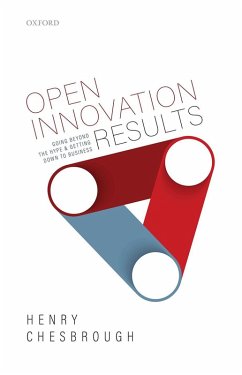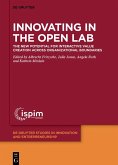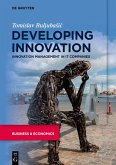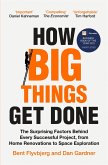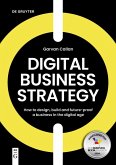We live in an age of exponential technology, but this is not so new. Indeed, technological innovation has been promoted so assiduously for so long that there is now a discernible pattern to its emergence known as the Gartner Hype Cycle. Open innovation is no exception. In this book Henry Chesbrough, the originator of open innovation, examines the hype behind its practice, shows where real results are taking place, and explains how companies can move beyond the hype to achieve real business results. The book begins with an exponential paradox; new technologies are emerging at an accelerating rate, yet we continue to see stagnant wages and lagging production. These realities are hard to reconcile with the promise of exponential technologies. A closer look suggests that exponential advocates are paying too little attention to the broad dissemination and absorption of a new technology before it delivers real profit and social benefit. To get valuable results from innovation, businesses must open up their innovation processes and finish more of what they start. They need to open their knowledge flows to generate new growth, and unused internal knowledge must flow openly to others to generate new revenue and future business opportunities. Many of the best known aspects of open innovation such as crowdsourcing, open source software, or innovation intermediaries are often not well connected to the rest of the organization. Using numerous real-world examples of these methods in practice, Chesbrough illustrates how they can, and must, be used in connection to the organization as a whole in order to have real long-term value. Open Innovation Results offers a clear-eyed view of the challenges and realities that limit the ability of organizations to create and profit from innovation. Whether in the largest companies or in a small business, an advanced economy or a rural village, this book charts a course to enhance organizational growth and performance.
Dieser Download kann aus rechtlichen Gründen nur mit Rechnungsadresse in A, B, BG, CY, CZ, D, DK, EW, E, FIN, F, GR, HR, H, IRL, I, LT, L, LR, M, NL, PL, P, R, S, SLO, SK ausgeliefert werden.

